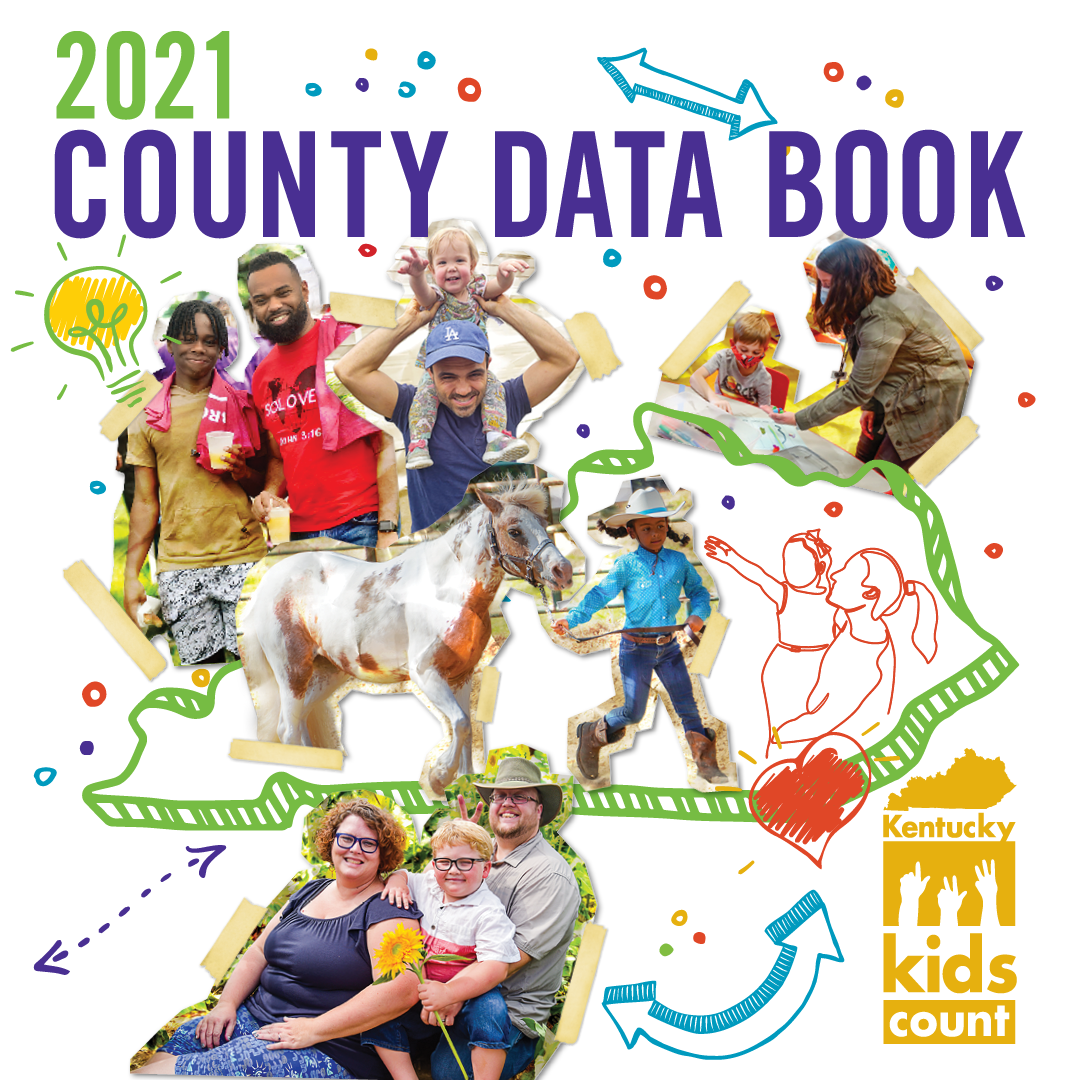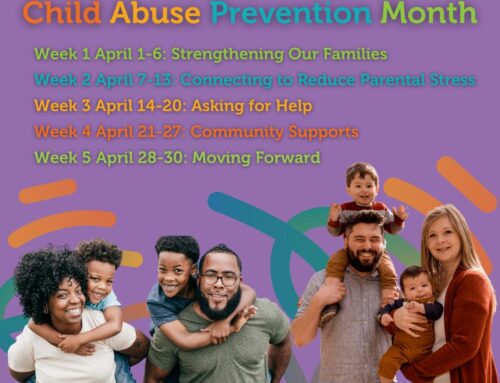 Kentucky will be strongest when all children have their best chance to thrive. The 2021 Kentucky KIDS COUNT County Data Book, recently released by Kentucky Youth Advocates, examines data disaggregated by race/ethnicity, the impacts of systemic racial injustice on children and families, and solutions to advance racial equity so that every child can thrive. The 31st edition of this publication also features the latest data on 17 measures of child well-being, showing whether outcomes for children across the Commonwealth have improved, worsened, or stayed the same over a five-year period. While the COVID-19 pandemic has impacted many families in ways that do not yet show up in the data, the book identifies pre-existing challenges and areas of needed improvement.
Kentucky will be strongest when all children have their best chance to thrive. The 2021 Kentucky KIDS COUNT County Data Book, recently released by Kentucky Youth Advocates, examines data disaggregated by race/ethnicity, the impacts of systemic racial injustice on children and families, and solutions to advance racial equity so that every child can thrive. The 31st edition of this publication also features the latest data on 17 measures of child well-being, showing whether outcomes for children across the Commonwealth have improved, worsened, or stayed the same over a five-year period. While the COVID-19 pandemic has impacted many families in ways that do not yet show up in the data, the book identifies pre-existing challenges and areas of needed improvement.
The County Data Book’s opening essay is a call to action to work together to advance race equity for Kentucky kids. Subsequent sections on Economic Security, Health, Education, and Family and Community reveal numerous racial disparities and the longstanding systemic barriers that contributed to them, while highlighting local, state, and federal policy and practice solutions to address these disparities.
Among the Health indicators, there is good and bad news for Kentucky kids. Kentucky continues to see high numbers of children with health insurance with 95.7 percent covered in 2019, though coverage lags for Latinx children (91 percent) compared to Black (97 percent) and White (96 percent) children. While 100 of 120 counties have improved rates in children having health coverage, we must work to cover the remaining gap so that all children have access to needed health care.
A healthy pregnancy provides infants a strong start in life, yet barriers like lack of health insurance, not hearing about available programs, ongoing discrimination, and social and economic factors keep some families from connecting to these supports. The following indicators show the impact these factors have on mothers and their babies.
- Babies born to Black mothers experience the highest rates of low birthweight, though variations for each race by community size calls for a deeper look at local factors.
- The Health Access Nurturing Development Services (HANDS) program has enrolled Latinx families at the highest rate, though enrollment for other families of color lags.
- Kentucky’s maternal death rate among Black mothers (42.1 per 1,000 live births) far exceeds the rate among White mothers (17.2 per 1,000 live births).
- Although teen birth rates have improved, there are still disproportionate rates among races dependent on the size of the community in which they live.
 The book identifies several solutions to improve outcomes for pregnant and postpartum mothers, their babies, and all Kentucky children including:
The book identifies several solutions to improve outcomes for pregnant and postpartum mothers, their babies, and all Kentucky children including:
- Conducting outreach and enrollment with the Latinx population using culturally relevant messages and trusted messengers as well as improving the cultural hospitality of care can help close the enrollment gap among Latinx children.
- Strengthening access to quality health coverage before, during, and after pregnancy and closing gaps in use of programs like the HANDS home visiting program would reduce disparities in critical birth outcomes for Black babies and mothers.
- Promoting strong programming for teens, such as mentoring and college and career readiness programs, so young women see opportunities for their future and delay childbearing.
KOHC knows that social determinants of oral health impact health outcomes of children and their families. Taking a deeper look at what is happening in our communities can help to better assess the needs and create a healthier, brighter future for all Kentucky kids.
Check out the 2021 County Data Book, access the data profile for your county, the updated Data Dashboard including data disaggregated by race/ethnicity, additional data by race, and order a copy of the book.
Join Kentucky Youth Advocates on Wednesday, November 17th at 10:00 AM ET for an Advocate Virtual Forum as they discuss the latest data featured in the County Data Book and hear from a panel of legislators.





